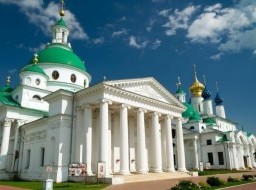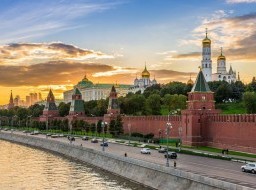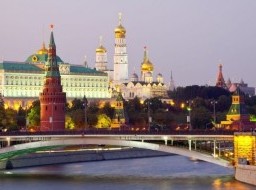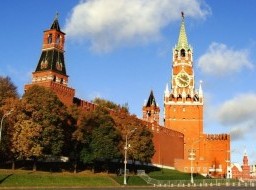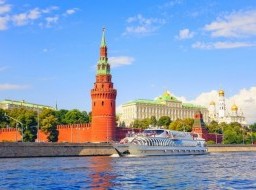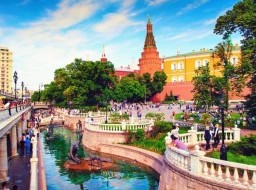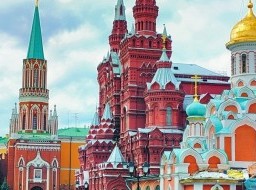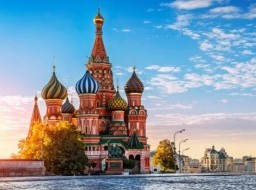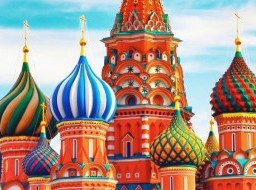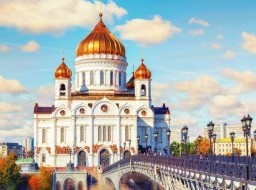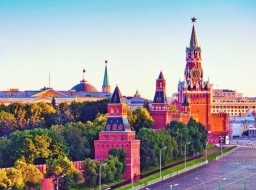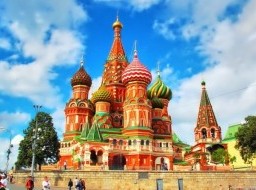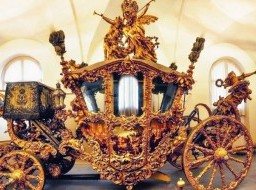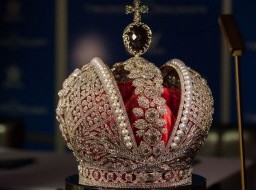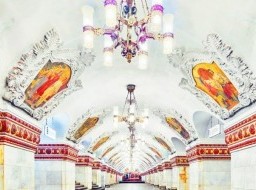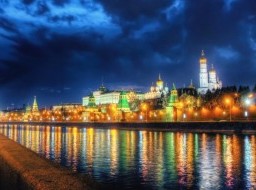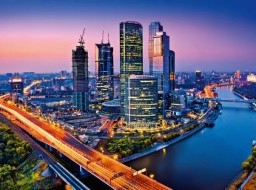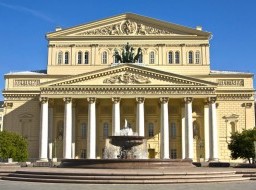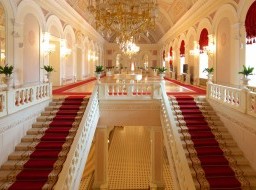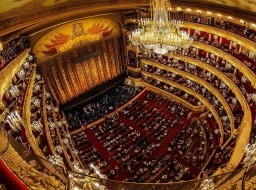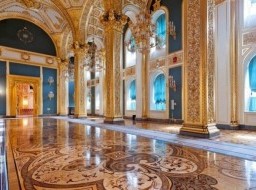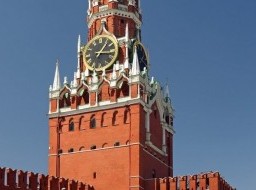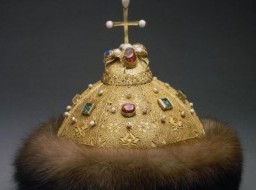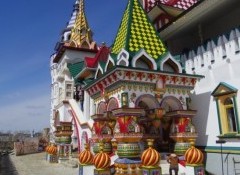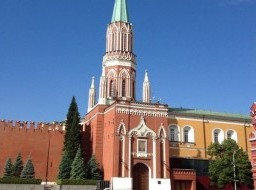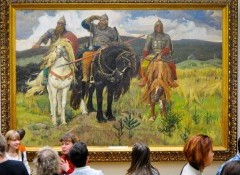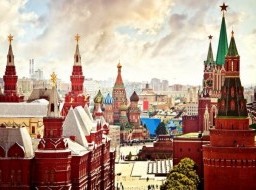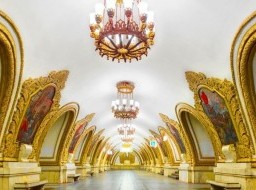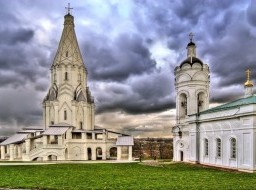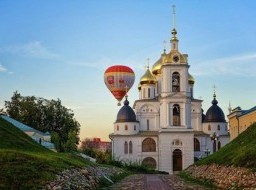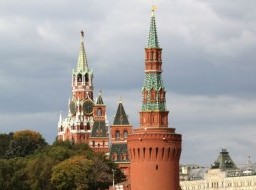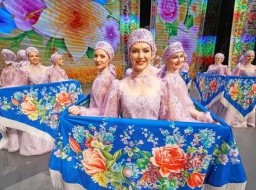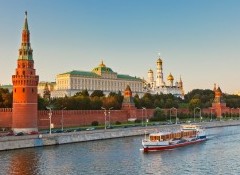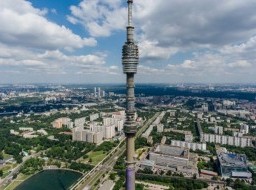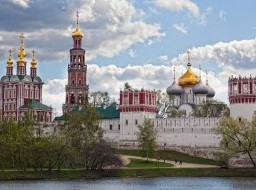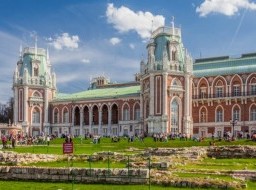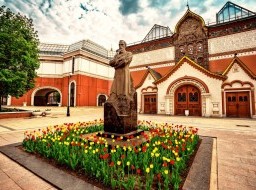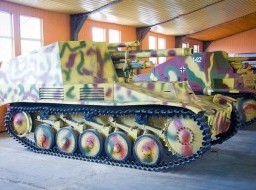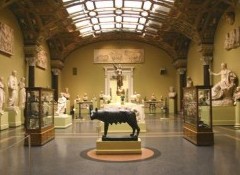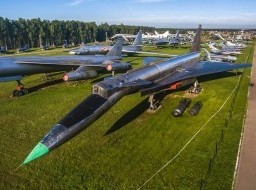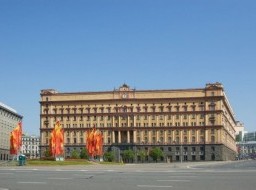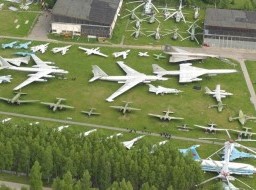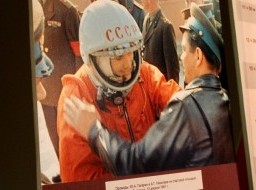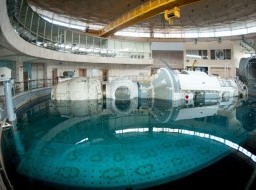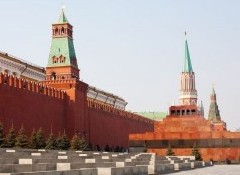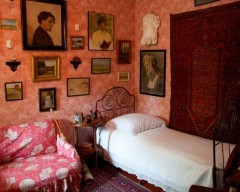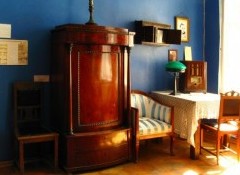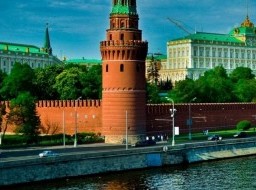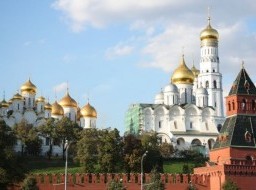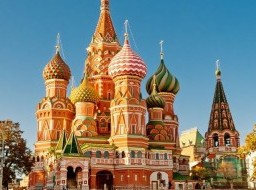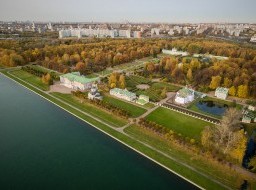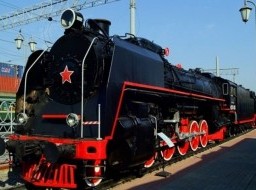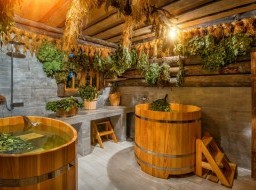Zaryadye Park
Zaryadye Park is a new type of public space created by an international team of architects, engineers, landscape designers and other experts. Here the concepts of nature and technology, education and entertainment, history and modernity are united and complement each other. Throughout the course of Zaryadye’s centuries-old history its appearance has changed many times: from the first street of the Moscow Posad (settlement outside the fortified city), to the English Embassy, to a residence of the Tsar, a military garrison, a Jewish quarter and even a slum. At the start of the 20th Century in Zaryadye, construction began on the largest of Stalin’s towers, but the project was abandoned and in its place the hotel Rossiya was built, at that time the biggest hotel in the world. For a long time after the hotel’s demolition, Zaryadye remained a featureless wasteland, fenced-off like a construction-site, before the decision to open a park at the location was made by President V. V Putin and the Mayor of Moscow, S. S. Sobyanin. Zaryadye was conceived as a new public space with the aim of filling the former void not only in a physical but also a symbolic sense. Zaryadye was conceived as a landmark for the city, an important feature of modern Moscow and the flagship park for the nation. Historical features from the 16th century are found alongside innovative architecture and high-tech attractions. The River Overlook, with its 70-metre-long concrete cantilever, opens up panoramic views of the Kremlin, the river embankment, and the park itself. The Glass Crust is able to create a microclimate of its own, which can shelter the amphitheatre and the garden of heat-loving plants from bad weather. "Zaryadye’s" philharmonic concert hall is one of the most innovative and modern music venues in the world. Zaryadye was conceived as a landmark for the city, an important feature of modern Moscow and the flagship park for the nation. Historical features from the 16th century are found alongside innovative architecture and high-tech attractions. The River Overlook, with its 70-metre-long concrete cantilever, opens up panoramic views of the Kremlin, the river embankment, and the park itself. The Glass Crust is able to create a microclimate of its own, which can shelter the amphitheatre and the garden of heat-loving plants from bad weather. "Zaryadye’s" philharmonic concert hall is one of the most innovative and modern music venues in the world. Ice Cave, where a constant minus temperature is maintained, transfers visitors to the atmosphere of the Far North. The Museum of Nature sounds offers a new way to feel the world around you. Underground museum tells about the history of the place, and educational center The Conservation Embassy developed courses, quests, laboratory classes and workshops for people of all ages, dedicated to the diversity of life on the planet. On account of such rich cultural and recreational opportunities within the park, it could be seen to resemble a theme-park. But in reality, the main attraction of the park is nature itself. First and foremost, Zaryadye is an oasis of peace and quiet, a place of retreat from the rhythm of the city. All the attractions and new technology are delicately integrated into the landscape. The park is covered by forest, steppe and water meadows, which recreate various natural environments of the country, from the Far North to the grasslands of central Asia. Even the event program of Zaryadye is dedicated to nature. The park offers an alternative environment during city festivals providing a space for more intimate or quiet events for those who prefer them.The park is founded upon certain integral values on which the Zaryadye team bases all their work. The first one is openness. Zaryadye is open to new people, ideas, and technology. We also maintain the principle of inclusiveness: appreciating the uniqueness of each human being, cultural movement, and natural phenomenon. Here we value initiative and a sense of social consciousness. Our volunteer program gathers conscientious people to take part in the life of the park in all its forms. We value taking responsibility, and treating social, economic and historical aspects of our work with care and consideration. The very ecosystem of the park is constructed using the newest green technology and our educational programme hopes to develop a sense of responsibility in the way we treat our cultural heritage and natural environment. |
|
